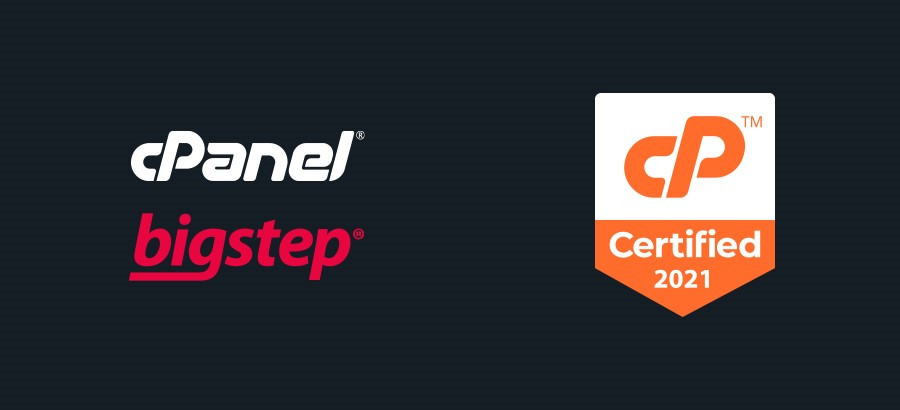- Advertising
- Bare Metal
- Bare Metal Cloud
- Benchmarks
- Big Data Benchmarks
- Big Data Experts Interviews
- Big Data Technologies
- Big Data Use Cases
- Big Data Week
- Cloud
- Data Lake as a Service
- Databases
- Dedicated Servers
- Disaster Recovery
- Features
- Fun
- GoTech World
- Hadoop
- Healthcare
- Industry Standards
- Insurance
- Linux
- News
- NoSQL
- Online Retail
- People of Bigstep
- Performance for Big Data Apps
- Press
- Press Corner
- Security
- Tech Trends
- Tutorial
- What is Big Data
Server Infrastructure for Real-Time and Predictive Analytics in Healthcare
More and more hospitals use data generated by mobile, IoT, or smart healthcare applications to provide personalized treatments to patients. To do that they use a combination of real-time pattern identification to provide immediate value to the client and offline cross-patient correlations to identify larger, population-level patterns and trends.
Healthcare analytics can reduce the costs of treatment, prevent diseases, enhance quality of life for individuals, and even predict outbreaks of epidemics or pandemics. A proper infrastructure - that provides both the computing power and the big data analytics tools - is key to allowing these healthcare data analytics projects to function properly.

Real-Time Analytics Use Cases
Real-Time Alerting for Patient-Doctor Communication
The trend in healthcare was already on a digitalization path, however, with the outbreak of the COVID-19 pandemic, institutions and doctors want patients to keep away from hospitals as much as possible to avoid both costly in-house treatments and catching the novel coronavirus, while still benefitting from the best medical care. Hospitals are reaching maximum capacity due to the pandemic, so it is especially important to develop a system that can identify patients who do not really need hospitalization at this point.
Wearable devices, like fitness bands and other wirelessly connected devices like blood pressure and heart rate monitoring cuffs, glucometer, and more, can now collect patients’ health data continuously and send this data to the servers in real-time. This vital information can then be used by doctors to contact the patients and suggest advice to help with the health problem at hand. For instance, if a patient’s blood pressure increases suddenly, the system will automatically send an alert to the doctor, who can then reach the patient and take actions to lower the patient’s pressure.
Using Patient Engagement to Identify Health Risks
If patients used to go to the hospital and only rely on doctor’s recommendations in the past, consumers are now increasingly interested in monitoring their own health through the use of mobile or smart devices. They record every step they take, their sleeping habits, heart rate, food intake, and even oxygen level on a daily basis. This information from wearable devices or apps, coupled with other trackable data, together with the patient’s own medical history can identify potential health risks faster.
For example, an elevated heart rate and chronic insomnia can suggest risks for future heart disease and patients can take the needed steps to prevent this from happening. Each patient has different medical conditions, and a personalized approach by using big data analytics can assist in the prevention of different diseases. Long term, this could also reduce unnecessary visits to the doctor, since monitoring happens on a daily continuous basis by both the patient and the doctor.
Predictive Analytics Use Cases
Using Health Data for Strategic Planning
The massive data stream and information collected in real-time in the database can also be used for strategic planning for the state of health of the general public. By comparing data in a socioeconomic context, institutions and healthcare companies can analyze results among people in different demographic groups and discover how to improve coordination of care, which factors discourage people from taking up treatment, which geographic areas are in need of additional medical facilities, how to reduce costs, and more.
Using Analytics for Data-Driven Decisions in Healthcare
Business intelligence and predictive analytics can help doctors make data-driven decisions and improve patients’ treatment. Combining real-time data with complex medical histories of patients with multiple conditions can help doctors predict who is at risk of heart disease, diabetes, cerebrovascular accidents, and more. By using this data, patients can be advised to make additional screenings in order to hold back the onset of the disease.
Predictive analytics could also help with setting the patient groups who should get the vaccine against COVID-19 first, based on their medical histories, for instance.
Infrastructure Challenges and Solutions for Healthcare Analytics
Challenges in Server Infrastructure for Healthcare Analytics
- Real-time high traffic – data ingestion must be done rapidly without causing bottlenecks
- High availability requirements – data is lost forever in case of downtime
- Data lake HDFS storage – storing large amount of structured and unstructured data for processing
Infrastructure Solutions for Healthcare Analytics
- Fast network - A Layer 2 Network provides several important advantages: the speed required for running analytics projects, a reduction in cost, and improved security (since private networks can’t be accessed from the outside).
- High availability – Achieve no downtime through the redundancy of the systems you use for your real-time and predictive analytics projects.
- Scalability & Scalable Storage – Healthcare analytics projects need to grow their infrastructure along with the data volume, and scalable drives eliminate all the guess-work and allow you to use precisely as much storage space as needed.
The Importance of Hadoop for Healthcare Analytics
Large healthcare data sets, both structured, semi-structured, and unstructured, are difficult to store and analyze using conventional hardware and software. As most of the health data is still stored in printed form (80% of healthcare data is unstructured), it poses a challenge for the healthcare industry to make sense of this data.
However, as mentioned above, connected medical and IoT devices and apps are gaining more and more traction, and the healthcare industry is surely moving on a path towards digitalization.
Examining and integrating vast amounts of data, from different sources and in different formats, to deliver insights and enable decision-making in real or near real-time, is a growing need in the healthcare fields. Given the range and variety of data in healthcare, the infrastructure and the computing power must be able to facilitate a cost-efficient implementation of:
- Storage for a high number of unstructured and structured data sets
- Parallel data processing
- High availability of the system
- Fault tolerance
No wonder Hadoop is one of the most popular technologies used for healthcare analytics: the MapReduce engine and HDFS can process thousands of terabytes of data. With its capability to manage distributed nodes for data storage and the capacity of processing data in a distributed manner, Hadoop is now the standard for big data analytics applications. Thus, Hadoop implementation for healthcare data analytics infrastructure can enhance the storing, managing, and analyzing of large amounts of structured and unstructured data for improved patient care.
Healthcare Analytics on Bare Metal Servers
Real-time analytics, predictive analytics, advanced analytics, machine learning, and any compute-heavy workloads require:
- High CPU memory
- Network throughput
- Storage throughput
Hadoop deployments for predictive and real-time data analysis in healthcare are very storage-intensive and need high CPU memory and network. When the ingestion and processing of data are unpredictable or intermittent, virtualization tools can slow down I/O demands considerably. Hadoop is a great enabler, but for maximum performance, it needs to be run on a physical machine rather than in a virtual environment.
Bare metal servers have excellent throughput performance on jobs that require every last drop of CPU memory and storage speed, making it the best environment to run healthcare analytics projects with Hadoop. Keen on the flexibility of the cloud? You’d be happy to learn that specific bare metal servers manage to maintain the scalability and flexibility of the cloud for your analytics projects, while still maintaining the performance and the security of dedicated machines.
Need more information on the best server infrastructure for your healthcare analytics projects? We’re here to answer your questions. Contact us anytime.
Readers also enjoyed:

Bigstep Is Now a cPanel Certified Partner


Leave a Reply
Your email address will not be published.